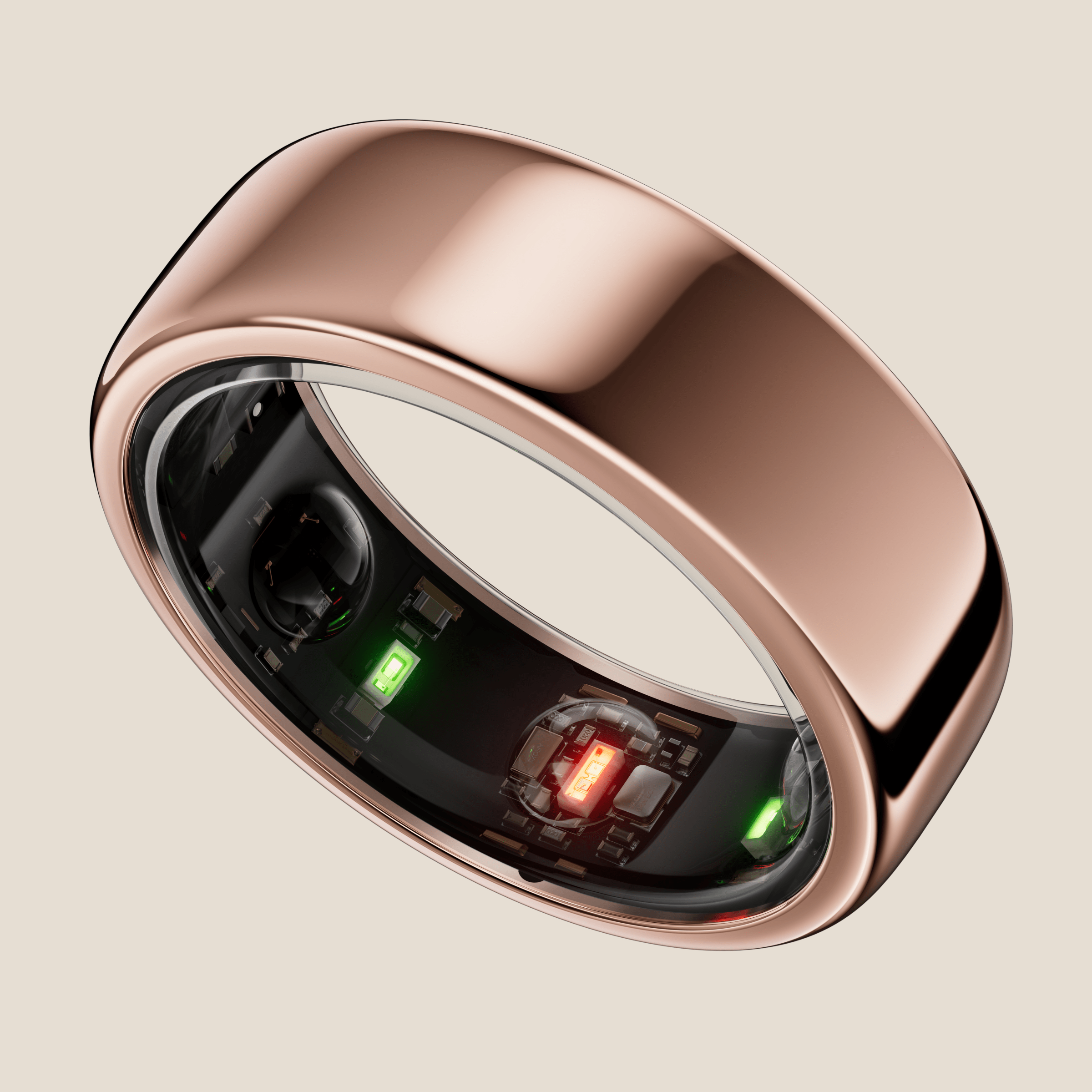
Nobody wants to get sick, but knowing you’ll soon be battling a virus could, at the very least, help you prepare for what’s coming.
Such knowledge could be particularly useful when it comes to COVID-19. Granted, the symptoms of the latest Omicron variants don’t tend to be severe, but testing positive means isolating for several days so you don’t pass the virus on to others. Knowing you’re infected could help more people take this step and potentially slow the spread of disease.
In a study published on March 29 in Digital Biomarkers, researchers at Oura—which makes a smart ring that tracks basic physiological metrics like body temperature and heart and breathing rates—report the most detailed data yet on body changes that might be related to COVID-19 infections. Among 838 Oura ring wearers who reported that they tested positive for COVID-19, about 100 indicated that they had been vaccinated, while the remainder did not. Among those who tested positive, the ring detected changes in body temperature, heart rate, breathing rate, variability in heart rate, and sleep efficiency up to 2.5 days before the wearers reported their positive tests. The greatest changes were in body temperature, with the other metrics following in decreasing magnitude. Changes in these measurements continued for about 10 days after participants reported testing positive for COVID-19.
The study also included analysis of 20,000 people who reported that they had been vaccinated, and documented changes in their physiological responses to the first and second shots. Responses to the vaccines began the night of the immunization, and built for about four days, with people under age 35 showing more pronounced responses than people over 50.
The study builds on earlier work Oura conducted to figure out how useful a wearable device can be in passively monitoring physiological metrics and picking up changes associated with infections. In a previous trial in 2020, researchers led by a group at University of California, San Francisco documented that the Oura ring could detect changes in body temperature that predicted COVID-19 infections even if the wearer didn’t experience any symptoms. A follow-up study in 2022 found that changes in body temperature and heart rate the night after people received a COVID-19 vaccine could be linked to the amount of antibodies the immune system was revving up against SARS-CoV-2.
More from TIME
Other wearable makers have also documented the potential data-collecting devices have in screening for diseases, as well as tracking the body’s responses to them. Early data from an ongoing study involving Fitbit, a wrist-based wearable that tracks body metrics such as breathing rate and heart rate variation, shows that in about half of COVID-19 cases, the device can detect infections about a day before people start noticing symptoms.
“These data build on the case for wearables not only as a tool for early detection, but as an important signal for helping to manage spread of infectious disease in the future,” says Shyamal Patel, head of science at Oura.
Wearables such as Oura can be distributed widely to a population, which means the device could collect the massive amounts of data required to identify meaningful patterns—helpful intel for public health experts tracking infectious disease outbreaks. The individual-level data provided to wearers is also useful, since people can track changes from their own baseline and have a better understanding of when they might be getting sick. That information could provide a new strategy for combatting the spread of infectious diseases, as people become more aware of when they’re contagious and take appropriate steps to isolate themselves and avoid public situations where they could spread their illness to others.
Patel says Oura and other wearables could also play an increasingly larger role in the development of vaccines against infectious diseases such as coronavirus infections—particularly once promising shots reach the point of testing in human volunteers. Often, these trials require thousands or tens of thousands of participants, since only a fraction will get infected with the disease in question. Wearables like Oura can detect these positive infections more quickly since they could pick up positive cases well before symptoms appear, which is the measure on which researchers currently rely. “You could recruit fewer participants and significantly accelerate the timeline for development of these vaccines,” Patel says, if the participants were using wearables.
In addition, once the vaccines are approved, wearables could be used to track their effectiveness by noting changes in body metrics that correlate with an enhanced immune response, which is what the current study showed.
Patel declined to share whether Oura plans to apply for U.S. Food and Drug Administration approval to use its device to detect disease or track things like immune responses. But as more data accumulates, that could be an option the company considers—especially for specific indications and diseases. For now, the current study and data from other wearable devices are building a strong case for the role that these data-collectors might play in improving public health in coming years. “At a high level, I feel wearables will be marketed in the future for specific use cases,” such as early detection of infection Patel says. “I think there is enough evidence built up over the last two to three years supporting such use cases.”
More Must-Reads from TIME
- How Donald Trump Won
- The Best Inventions of 2024
- Why Sleep Is the Key to Living Longer
- Robert Zemeckis Just Wants to Move You
- How to Break 8 Toxic Communication Habits
- Nicola Coughlan Bet on Herself—And Won
- Why Vinegar Is So Good for You
- Meet TIME's Newest Class of Next Generation Leaders
Contact us at letters@time.com